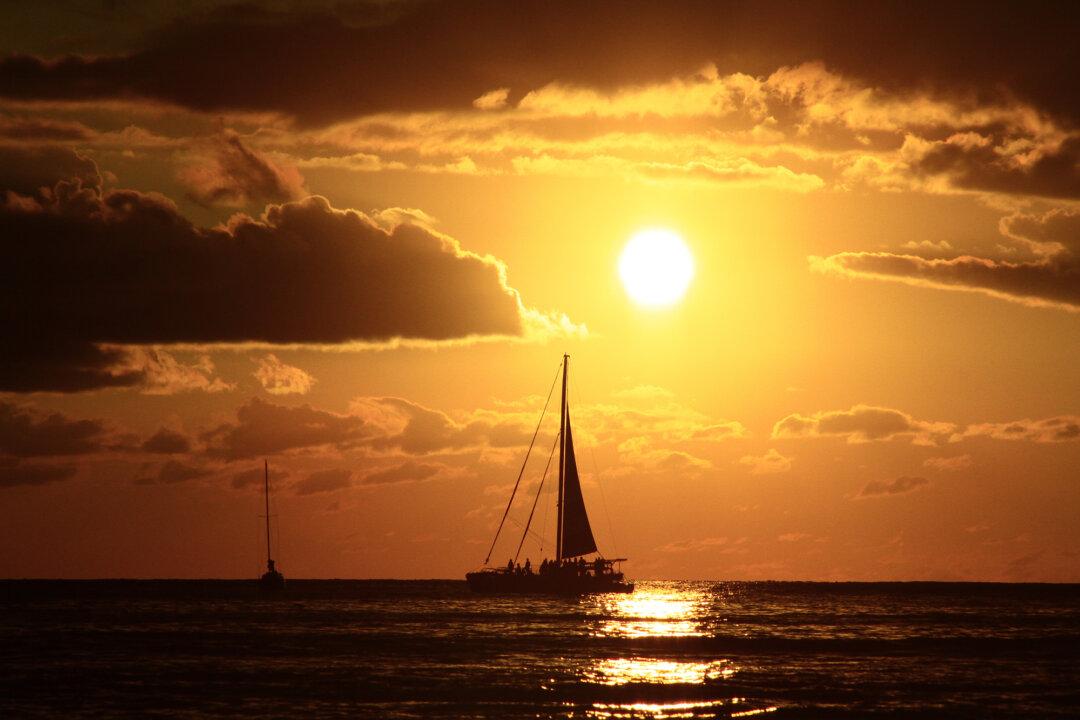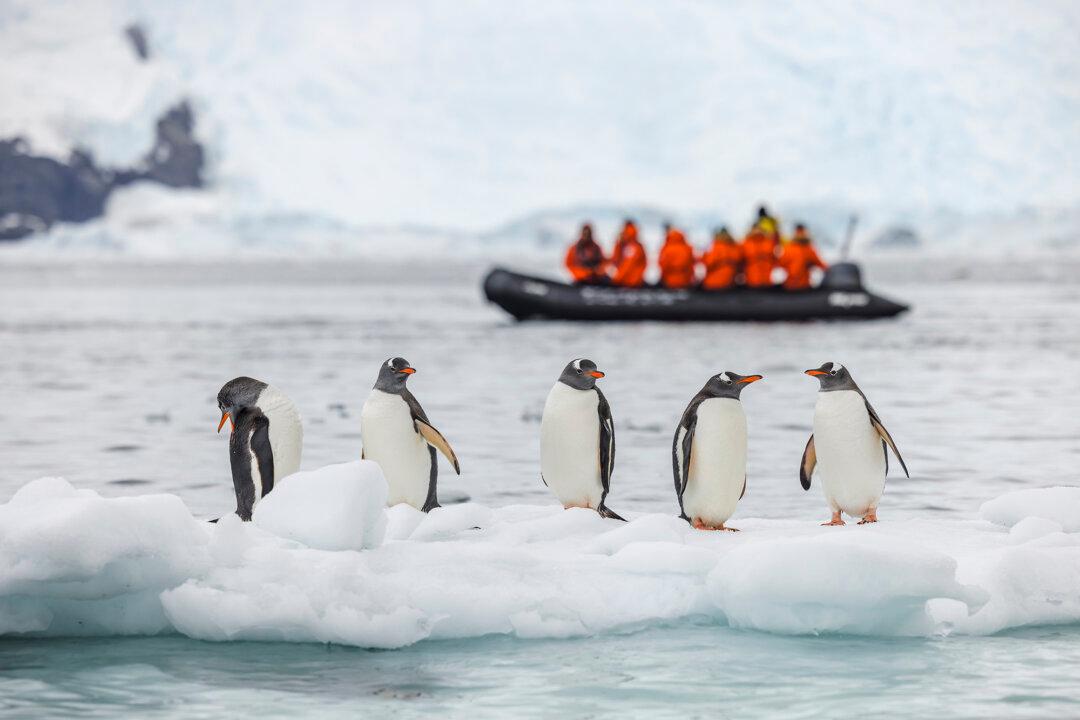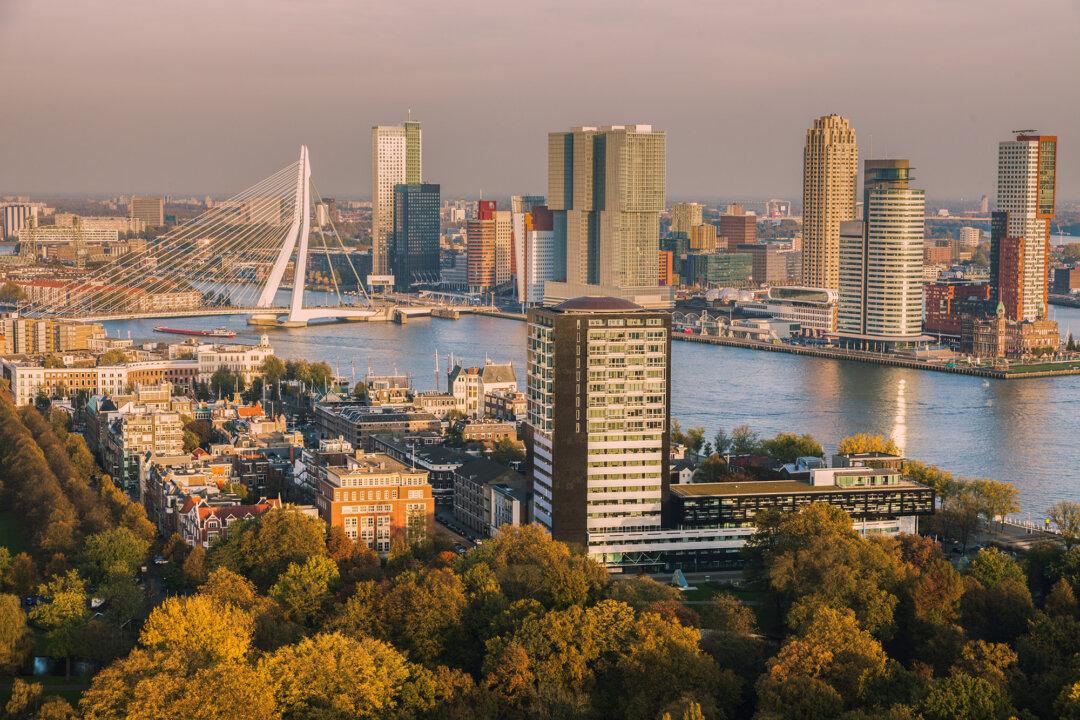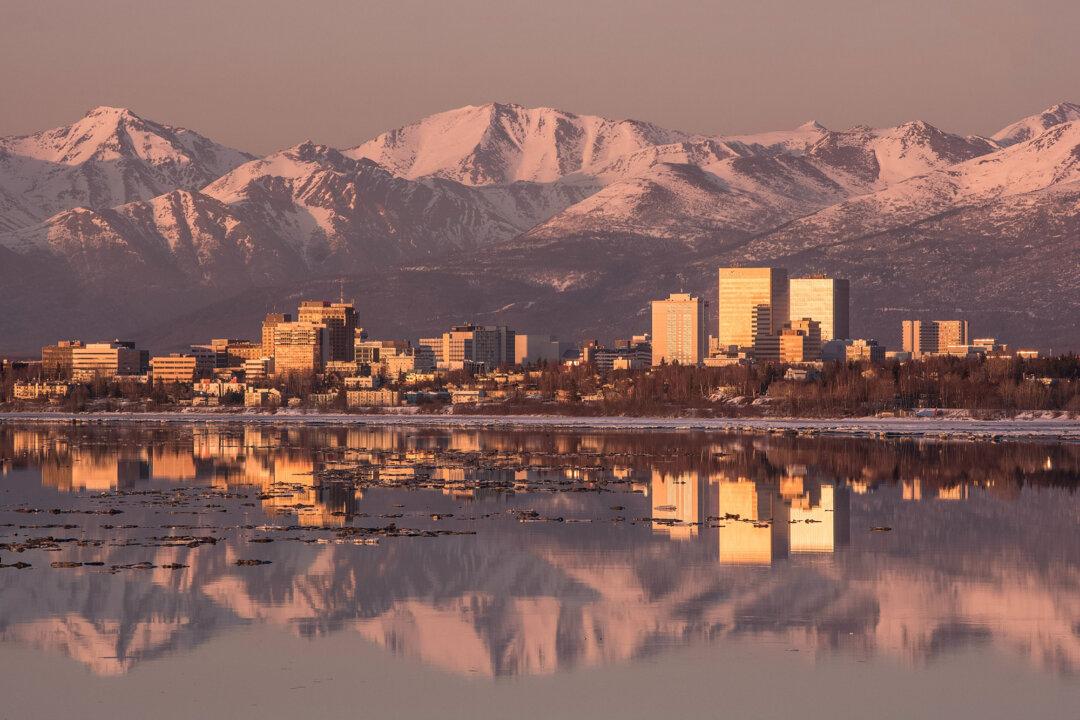It’s a city that looms large in the imagination—even if you don’t happen to be Irish. Leprechauns and shamrocks. James Joyce and Oscar Wilde, the River Liffey meeting the Irish Sea, U2 and The Dubliners. And of course pubs pouring Guinness, rollicking with song and energetic conversation and maybe a little dance, late into the evening.
Yes, some of these are stereotypes. But the best part of visiting Dublin? Even if you only have a day to spend there, you’ll have plenty of chances to experience the famous luck and warmth of the Irish.
Toronto-based writer Tim Johnson is always traveling in search of the next great story. Having visited 140 countries across all seven continents, he’s tracked lions on foot in Botswana, dug for dinosaur bones in Mongolia, and walked among a half-million penguins on South Georgia Island. He contributes to some of North America’s largest publications, including CNN Travel, Bloomberg, and The Globe and Mail.
Author’s Selected Articles





